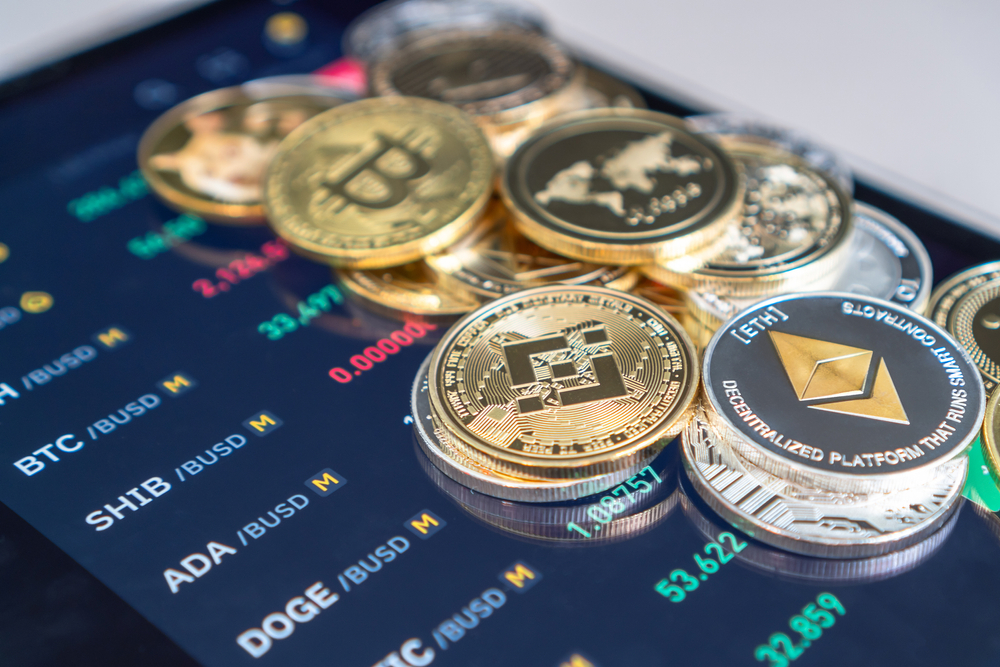Bonding Curves In DeFi: All You Need To Know

In the changing world of decentralized finance (DeFi), new ideas keep coming up, and one such innovation is bonding curves. Bonding curves use smart contracts and mathematical algorithms to adjust token prices based on how many tokens are in circulation. This guide delves deeper into bonding curves and what they can do. It explores their importance and challenges for the future of DeFi.
Understanding Bonding Curves
Bonding curves signify a fundamental change in how decentralized ecosystems manage liquidity and establish token values. They bypass the need for conventional order books or external liquidity sources by integrating liquidity directly into the token’s contract.
How Bonding Curves Work
Binding curves operate on the principles of supply and demand, where increasing token purchases drive prices higher, encouraging early investors and facilitating liquidity for new tokens. Contrarily, prices decrease when tokens are sold or taken out of circulation to maintain market balance.
This automated pricing system is integrated directly into the token’s smart contract, removing the necessity for conventional order books or external liquidity providers. By utilizing supply and demand fundamentals, bonding curves enable constant liquidity provision and adaptive price setting, bolstering market conditions within the decentralized finance ecosystems.
Try Crypto Engine today, the best crypto trading bot! Click here to sign up. Artificial intelligence crypto bots are leading the trading markets, you can take part in the AI revolution and make money too! Stay ahead of the crypto game with Artificial Intelligence crypto trading bot today!
Types Of Bonding Curves
Bonding curves are in various forms, each with distinct characteristics and implications for token economics.
- Linear Curves: Here, the token price increases proportionally with tokens sold, maintaining a fixed incremental price per token. This results in a linear relationship between supply and price.
- Exponential Curves: These curves tie token price to supply by heavily rewarding early buyers. They are ideal for projects aiming to incentivize early participation as prices escalate rapidly with demand.
- Logarithmic Curves: Initially, these curves lead to swift price hikes with increased token supply, but the rate of increase gradually diminishes. This model benefits early investors with quick initial returns, attracting liquidity providers to the project.
In addition to these standard models, various bonding curve types like S-curves, Step Curves, and Inverse Curves serve specific project objectives, offering flexibility and tailored tokenomics.
Applications Of Bonding Curves
Bonding curves have diverse applications within decentralized finance (DeFi).
- Automated Liquidity Bootstrapping: These curves form the basis for automated liquidity bootstrapping in initial decentralized exchange offerings (IDOs), allowing projects to launch new token assets with dynamically modified liquidity reserves. This method ensures continuous liquidity adjustment based on real-time demand, contrasting the classic order books.
- Autonomous Market Making: Uniswap and Curve use bonding curves for autonomous market making, improving liquidity and facilitating more efficient crypto trading. By employing bonding curves, these platforms offer continuous liquidity provision and price discovery without traditional intermediaries.
- Stablecoin Protocols: These models are integral to stablecoin-defined protocols for establishing coin reserves and sustaining pegs via adjustments in algorithmic supply. However, challenges related to stability and resilience persist. TerraUSD’s peg loss due to a significant bank run in May 2022 is a notable example.
- Decentralized Autonomous Organization (DAO) Governance: Bonding curves enable the possibility of voting tokens in DAO governance, aligning investment with governance participation and ensuring each token’s price reflects the level of commitment to the DAO.
Bonding Curve Adoption: Challenges And Considerations
Despite their potential benefits, bonding curves pose several challenges that require careful analysis and mitigation:
- Curve Modeling: Designing curve shapes that encourage incentives and desired market behavior necessitates thorough modeling and testing. However, Curve designs must strike a balance to prevent potential price manipulation.
- Security Audits: Smart contracts executing bonding curves require rigorous security audits to prevent exploits that could compromise price integrity. Formal verification, bug bounties, and extensive audits help mitigate security risks associated with bonding curve implementations.
- Regulatory Compliance: The regulatory treatment of bonding curves remains uncertain, with unclear guidance in many jurisdictions regarding their classification. Therefore, projects must navigate complex legal landscapes and seek legal counsel to ensure compliance with relevant securities regulations.
- Stability Challenges: Algorithmic stablecoins relying solely on bonding curves and programmed supply adjustments face stability challenges, as evidenced by instances of peg loss during periods of rapid demand fluctuations. Hence, research is ongoing to mitigate this challenge.
Conclusion
Bonding curves epitomize a groundbreaking advancement in decentralized finance, transforming liquidity provision and price determination within token ecosystems. As the ecosystem progresses, bonding curves will be pivotal in shaping this sector’s future, unlocking fresh avenues for trading efficiency and governance mechanisms.
Disclaimer: Latest Coin News is your go-to platform for promoting content for a multitude of cryptocurrency and blockchain enterprises, and your organization could be the next to benefit from our services! For inquiries, don’t hesitate to connect with us via our Telegram Chat. Given the volatile nature of the cryptocurrency market, we encourage you to conduct comprehensive research prior to making any investment decisions. Some of the content on our website, such as broker reviews, is either paid content or contributions from guest authors and may not necessarily reflect the views of Latest Coin News. We disclaim any responsibility for the accuracy, quality, and content of advertisements, products, or any other materials, including ad spaces displayed on our platform. For a thorough understanding, we invite you to review our full terms and conditions and disclaimer.






